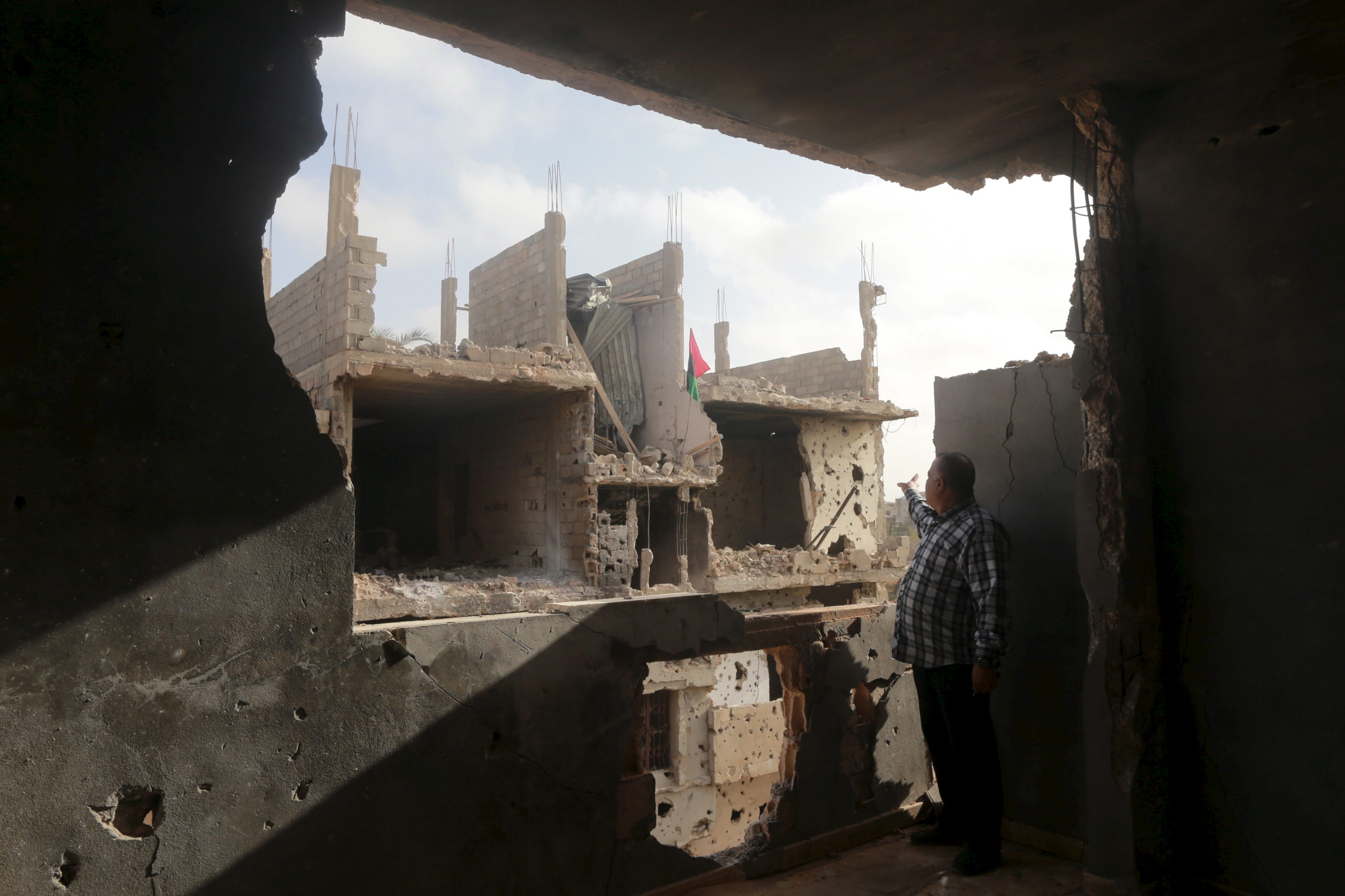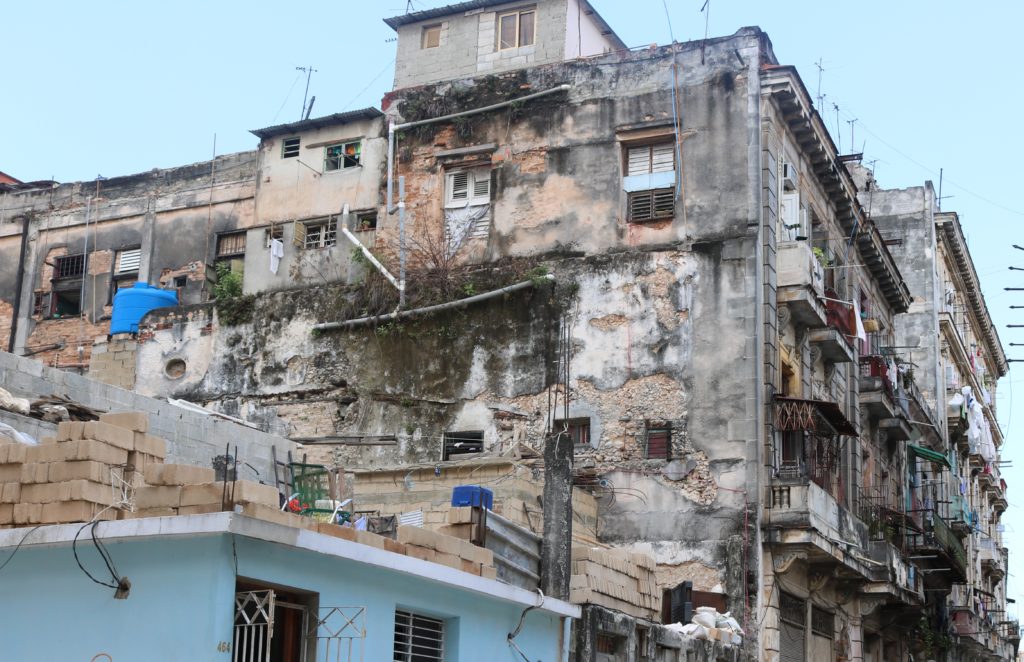Public Commentary / 15 June 2016
To Rebuild Libya, Start From Below

There has been at least a bit of good news from Libya lately. Over the past few days, militias allied with the internationally recognized unity government have made substantial advances against Islamic State forces based in the city of Sirte. That has awakened hopes that Libyans might be on their way toward re-establishing an effective central government.
For the time being, however, the country remains badly fractured. Libya has been in a state of anarchy since the ousting of Muammar Qaddafi in 2011. Rival administrations, dozens of different armed groups, and complex and shifting tribal alliances have battled for control of the oil-rich state. Until its latest setbacks, the Islamic State exerted control over some 150 miles of the Mediterranean coastline. Meanwhile, tens of thousands of refugees from across Africa have exploited the chaos, using Libya as their launching pad for travel onward to Europe.
Worries over the risks posed by such turmoil explain the rush of the United States and other world powers to provide Libya’s national unity government withmilitary assistance. Western diplomats are desperate to see a central authority emerge that they can entrust with fighting the Islamic State and stopping refugees at its borders.
Sadly, the new government has struggled to extend its writ beyond a handful of ministries it currently controls in Tripoli, the capital. Many observers are skeptical that it can do more, especially given its complete dependence on local militias for protection. Indeed, these efforts are built on sand; they are embedded in Libya’s weaknesses rather than its strengths.
The international community has tried and tried again to bring some order and stability to the situation, and has repeatedly failed to deliver. The previous U.N. special envoy, Bernardino León, tried for months to broker an agreement between two governments (and their affiliated political networks, militias, and backers) without success. Fearful that the talks would collapse, the new envoy, Martin Kobler, forced the issue by establishing a new national unity government in December 2015. But the other governments and many factions throughout the country continue to resist its mandate. Meanwhile, the international backers of various rival groups continue to flout an arms embargo, providing finance and hardware to their clients inside the country. The country grows ever more fragmented, fostering more fighting and more jihadism.
As in so many cases before, the current effort to broker some kind of agreement misses the most obvious point of entry. The many failed attempts to manufacture national unity stand in stark contrast to comparable efforts on the local level, where Libya’s myriad tribes and municipalities have proved themselves to be effective organizers of public authority. They have also negotiated local cease-fires, concluded agreements on issues as varied as prisoner exchange and checkpoint removal, and resolved criminal investigations.
Yet the international community’s plan for fixing the country has rigidly followed the standard “transitions” script: first set up a national unity government, then hold parliamentary elections. This approach only exacerbates Libya’s core weaknesses, namely its profound social divisions and its non-existent national institutions.
Libya does not have — at least for now — sufficient social cohesion and institutional capacity to establish a robust central government that can control all its territory. Even if the internationally recognized unity government were somehow able to gain support from its rivals, the agreement would be a flimsy thing. The fragile state that Libyans inherited from the predatory Qaddafi dictatorship cannot simply be pieced together again through a top-down approach: the central authority established will not be strong enough to arbitrate between factions or combat warlordism, jihadism, and criminality. Instead, it risks just creating one additional actor that will have to compete for power with elements of the rival governments as well as independent powerbrokers and militias.
A more prudent approach would be to work from the bottom up, focusing on Libya’s political assets: functional local governance and effective, tribal-based conflict management mechanisms. The country’s tribes are especially importantbecause their long histories and socially embedded institutions make them more durable than its shallow-rooted political parties and coalitions.
Local agreements with modest but achievable goals have a far greater chance of success.
These would involve fewer players, and each would have a better chance of enforcing the commitments made within their own spheres of influence. They would also be far better placed to implement and police agreements, as well as arbitrate differences both between and, when necessary, within groups.
A limited agreement or set of agreements between a small number of the most powerful local actors — for instance, Misrata, Zintan, the Warfallah, the Warshefana, the Obeidat, the Amazigh, and the Awaqir — would obviously have to take into account obstacles such as resistance to compromise from the hardliners in each group. This has prevented previous attempts at forging ad-hoc local agreements from achieving more — but then the peace brokers face exactly the same stumbling block to their efforts to create a robust government of national unity.
International actors should be supporting, training and advising local actors in parallel with efforts to develop an all-encompassing, top-down political settlement. Indeed, the two processes should be organized in such a way as to reinforce each other in a virtuous cycle. Change would certainly be slow and patchy, but once a few islands of stability begin to do well, others would be inclined to join and momentum would grow. Over time demand for national services such as central banking would increase, and central authority would grow in response.
This piecemeal approach may sound unorthodox, but it has many honorable precedents in countries such as Colombia, Uganda, and parts of Somalia. In fact, state recovery from failure or extreme weakness typically happens in this piecemeal fashion, advancing in fits and starts rather than through a single great leap.
Unless the international community can acquire the flexibility to push aside the same old centralized approach, its efforts are doomed to fail. It’s obvious, really. Countries work best when they build on their strengths. Asking them to build on their weaknesses is a recipe for — more — failure.
Originally published in Foreign Policy.





